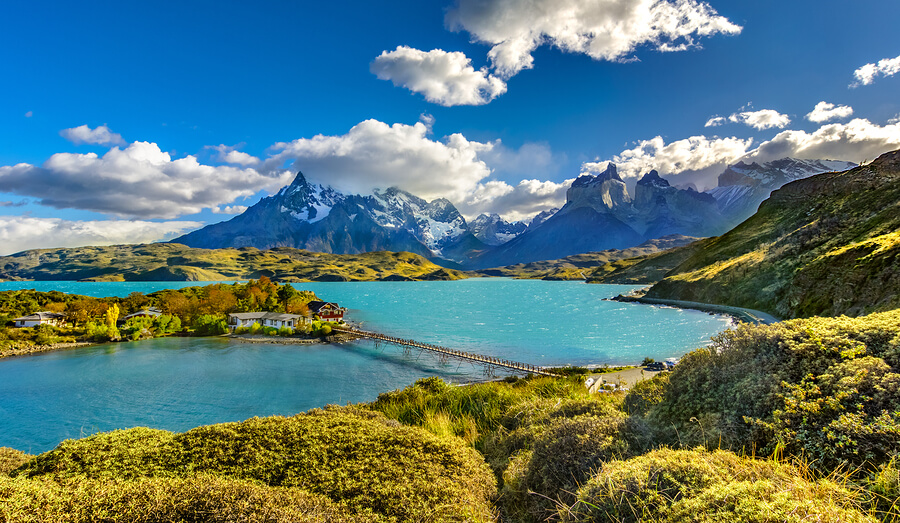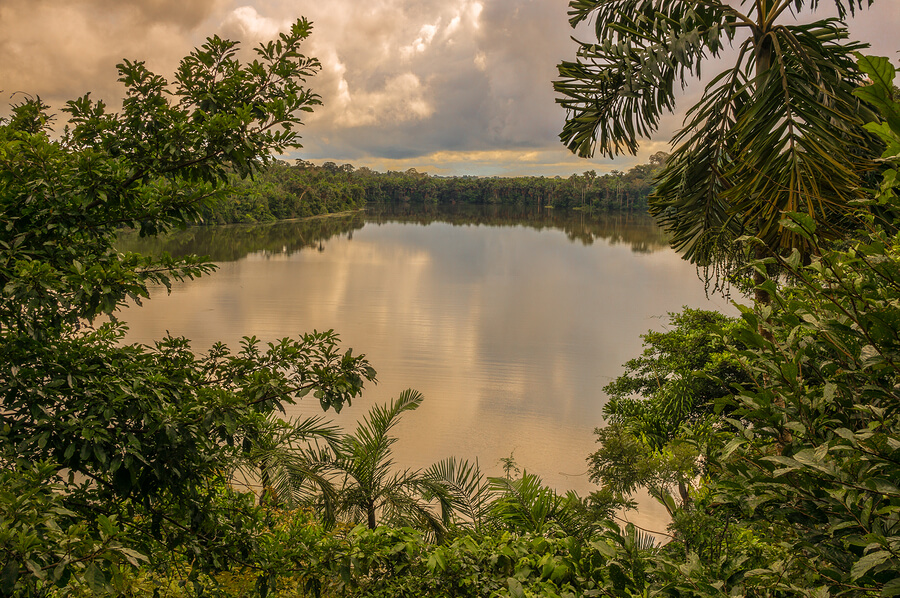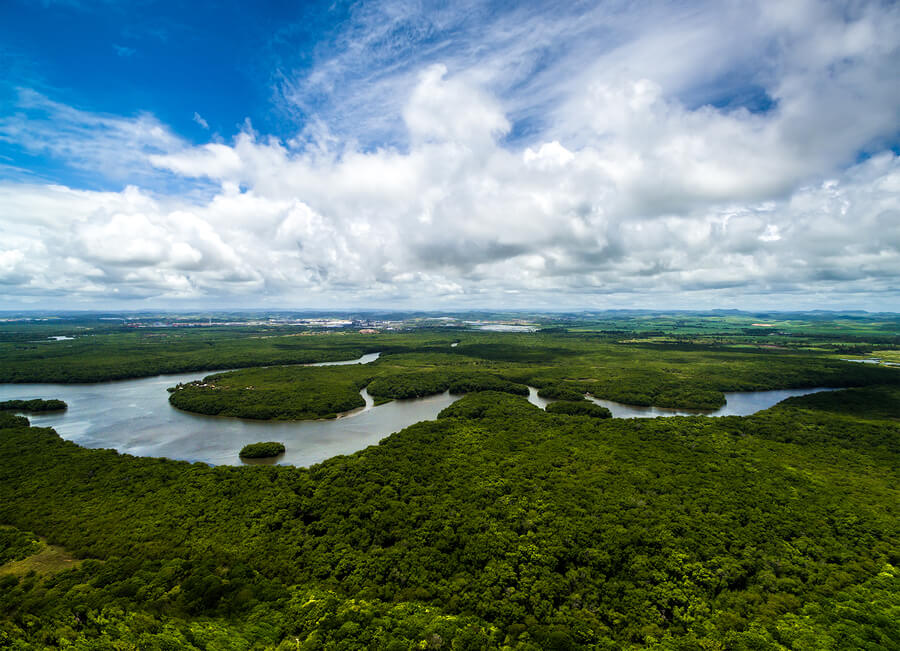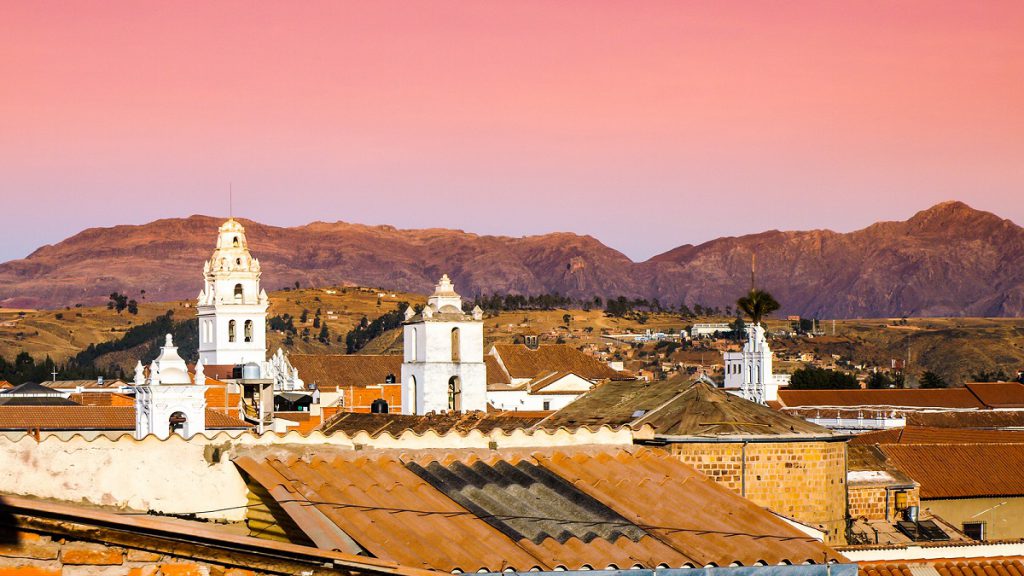The stunning, sun kissed lands you’ll discover on your South America trip are some of the most beautiful in the world to visit. And you’ll find few who would argue with you that the most stunning spots in the region are all down to South America’s incredible natural environment.
Here you’ll visit a habitat like no others, and one that is home to many of earth’s most fascinating and vulnerable creatures. Its wealth of flora and fauna is just one of the many reasons why holidays South America style are proving so popular.
So what can you do to ensure your visit to this incredible continent doesn’t compromise its natural beauty?
How can you plan your holiday in a way that means you can appreciate all the wonders mother nature has to offer, while also ensuring future generations can share the same experiences you’ve enjoyed too? Unfortunately, everything we do on this planet has some kind of an effect. From leaving a light on to a tap running, it’s up to all of us to do what we can to keep our impact on the environment as minimal as possible.
Unfortunately, everything we do on this planet has some kind of an effect. From leaving a light on to a tap running, it’s up to all of us to do what we can to keep our impact on the environment as minimal as possible.
And this also goes for your travels too. Luckily, we’re here to show you that sustainable tourism is not only important, but easy as well. In fact, being responsible in how you plan your trip should have little to no impact on your overall enjoyment.
First of all, when planning an ethical trip to South America, it’s important to note that tourism can be profoundly positive for the areas you visit. It provides a vital part of the local economy, which in turn helps to encourage communities to support and protect their environment.
However, this is only the case if you’re booking with an eco-friendly tourist operator: many of whom dedicate their lives to improving their community and their local environment in turn. This is the single most important thing you can do when in South America.
Choose services carefully and spend your money on operators that do business ethically. There are plenty of great options for sustainable South American holidays. Money talks and this is the simplest way of incentivising the good and discouraging the bad.
 This is known as sustainable tourism or ecotourism, which aims to have positive social, economic and environmental impacts. Ecotourism specifically pushes to create greater biodiversity.
This is known as sustainable tourism or ecotourism, which aims to have positive social, economic and environmental impacts. Ecotourism specifically pushes to create greater biodiversity.
If you visit the Amazon for example, ask about the set up and organisation about the lodge that you happen to be using. Some will be run by or have significant input from the local community. This means that they will have generations of knowledge about how biodiversity is best maintained in the area.
As its name would suggest, it also encourages you to reduce your carbon footprint while in South America and put a bit of extra money in the pockets of the local population. It helps to creates local jobs, which causes less damage to the continent’s ecosystem and plentiful natural resources: ultimately reducing poverty for future generations.
Better still, this form of tourism also takes into account the cultural heritages of the areas you visit, allowing local people a say in how their community develops.
You can also take time out from seeing the obvious highlights of the most popular areas. Check out a homestay, you might find that in years to come, these are the bits that you’ll remember.
Once again, this has a positive environmental impact, as the greater the local population cares about their surroundings, the more passionate they become about preserving them.
You can also take the train to many places in South America instead of flying, which is a great help in regards to carbon emissions.
Along with making considered choices as to where you spend your money, another important thing you can do is ensure you are not making bad decisions.
In other words, avoid giving cash to those whose business practice may damage the environment and generally respect your surroundings while you are there. It’s a simple case of not littering, researching the ethics of natural attractions and generally being a considerate guest while on the continent.
South America is one of the most beautiful and diverse places on earth. Let’s keep it that way.

